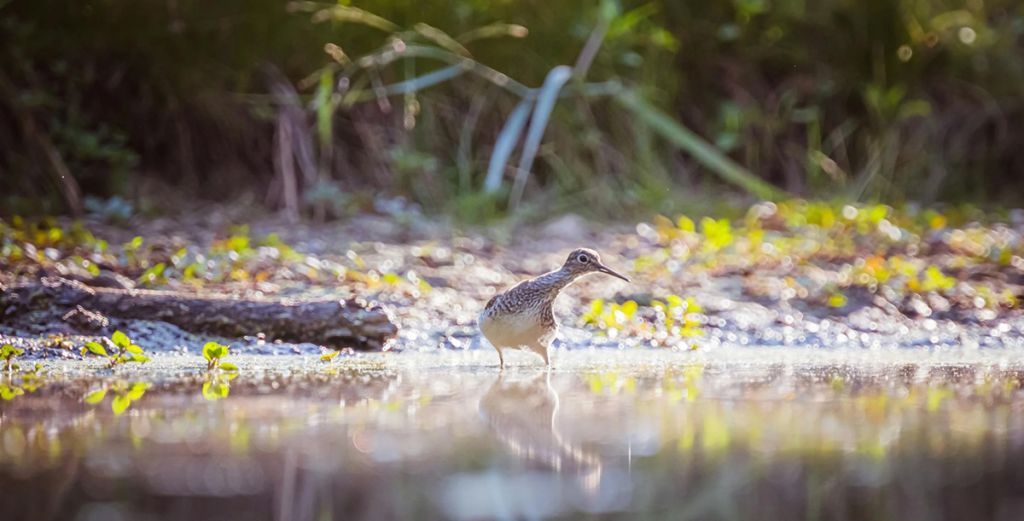Rebuilding Nature: The EU’s Pioneering Law to Save Europe’s Ecosystems
Europe’s natural environment is in alarming decline, with more than 80% of habitats in poor condition. The EU Nature Restoration Law, part of the EU Biodiversity Strategy for 2030, comes into force as the first of its kind, establishing binding restoration targets for the long-term recovery of nature in Europe.

Ecosystems on land and seas are the very foundation of our lives on earth, purifying the air we breathe, keeping our soils fertile and regulating the climate. When the delicate balance within our biodiversity is damaged, our planet is not able to cope with extreme events, new diseases, unpredicted effects, and therefore can’t protect its inhabitants,
- Biodiversity loss is caused by pollution, climate change, habitat loss, and overexploitation. This crisis is exacerbated by an unsustainable model of production and consumption, where resources are used and discarded rather than reduced, reused, or recycled. This unsustainable pattern is at the heart of the climate crisis, with human activity pushing a million spieces toward extinction.
- In just 50 years, more than half of all fish, mammals, reptiles, amphibians, and birds have vanished.
- The current global extinction crisis is the greatest since the demise of the dinosaurs, with extinction rates 100–1000 times higher than they were in pre-human times.
The EU Biodiversity Strategy for 2030: Reacting to the crisis at Union level
Ecosystems and biodiversity do not respect geopolitical boundaries. Acting in a united way at the European territory level is indispensable to achieve results. The EU Biodiversity Strategy is a long-term plan to protect the environment and reverse the degradation of ecosystems. By 2030, the plan aims to:
- Establish new protected areas for at least 30% of land and 30% of sea in Europe
- Unlock 20 billion EUR/year for biodiversity
- Launch an EU nature restoration plan
The strategy seeks to increase our societies’ resistance to potential dangers such as:
- Climate change’s effects
- Forest fires
- Food insecurity
- Diseases outbreaks, among other things, by defending wildlife and opposing the illegal wildlife trade
Supporting the restoration of ecosystems for people, the climate and the planet: EU Nature Restoration Law
Key element of the EU Biodiversity Strategy for 2030, the EU Nature Restoration Law is the first continent-wide, comprehensive law of its kind.
Came into force on August 18th 2024, the regulation aims to:
- Restore at least 20% of EU land and sea by 2030, and all ecosystems in need of restoration by 2050
- Require Member States to develop National Restoration Plans by mid 2026, taking account of national circumstances
- Build on EU nature laws, focusing on all natural habitats, and not just those protected under Birds and Habitats Directives or Natura 2000
- Demonstrate EU leadership in protecting and restoring nature and set the bar for global action ahead of the Biodiversity COP15
The global decline of biodiversity puts human well-being at high risk, and the most vulnerable groups of society will face the harshest effects. The EU Nature Restoration Law will be critical in the quest to restore wetlands, rivers, forests, grasslands, marine ecosystems, and the species they host. By taking better care of nature, we’ll be able to tackle and adapt to climate change and secure a future for generations to come.
